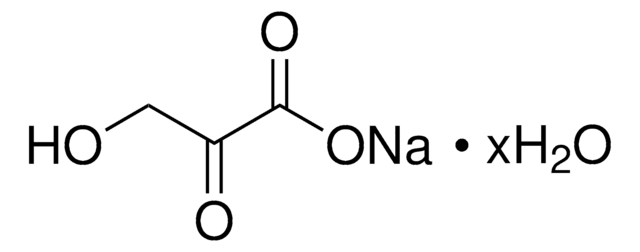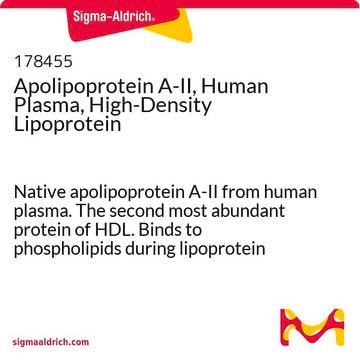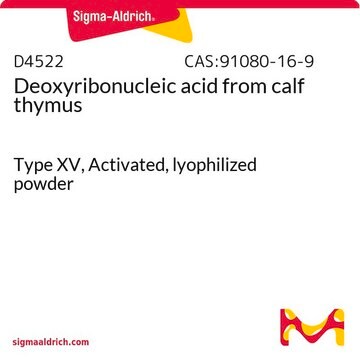P0319
2-Arachidonoyl-1-palmitoyl-sn-glycero-3-phosphocholine
10 mg/mL in chloroform
Synonym(s):
PC, 1-Hexadecanoyl-2-([cis,cis,cis,cis]-5,8,11,14-eicosatetraenoyl)-sn-glycero-3-phosphocholine, L-α-Phosphatidylcholine, β-arachidonoyl-γ-palmitoyl
About This Item
Recommended Products
concentration
10 mg/mL in chloroform
functional group
phospholipid
shipped in
dry ice
storage temp.
−20°C
SMILES string
CCCCCCCCCCCCCCCC(=O)O[C@H](COC(=O)CCC\C=C/C\C=C/C\C=C/C\C=C/CCCCC)COP([O-])(=O)OCC[N+](C)(C)C
InChI
1S/C44H80NO8P/c1-6-8-10-12-14-16-18-20-21-22-23-25-26-28-30-32-34-36-43(46)50-40-42(41-52-54(48,49)51-39-38-45(3,4)5)53-44(47)37-35-33-31-29-27-24-19-17-15-13-11-9-7-2/h14,16,20-21,23,25,28,30,42H,6-13,15,17-19,22,24,26-27,29,31-41H2,1-5H3/b16-14-,21-20-,25-23-,30-28-/t42-/m1/s1
InChI key
PUDHBQQGURLBGJ-IVFHWKNFSA-N
Looking for similar products? Visit Product Comparison Guide
signalword
Danger
Hazard Classifications
Acute Tox. 3 Inhalation - Acute Tox. 4 Oral - Carc. 2 - Eye Irrit. 2 - Repr. 2 - Skin Irrit. 2 - STOT RE 1 - STOT SE 3
target_organs
Central nervous system
Storage Class
6.1C - Combustible acute toxic Cat.3 / toxic compounds or compounds which causing chronic effects
wgk_germany
WGK 3
flash_point_f
Not applicable
flash_point_c
Not applicable
ppe
Eyeshields, Faceshields, Gloves, type ABEK (EN14387) respirator filter
Choose from one of the most recent versions:
Already Own This Product?
Find documentation for the products that you have recently purchased in the Document Library.
Active Filters
Our team of scientists has experience in all areas of research including Life Science, Material Science, Chemical Synthesis, Chromatography, Analytical and many others.
Contact Technical Service










